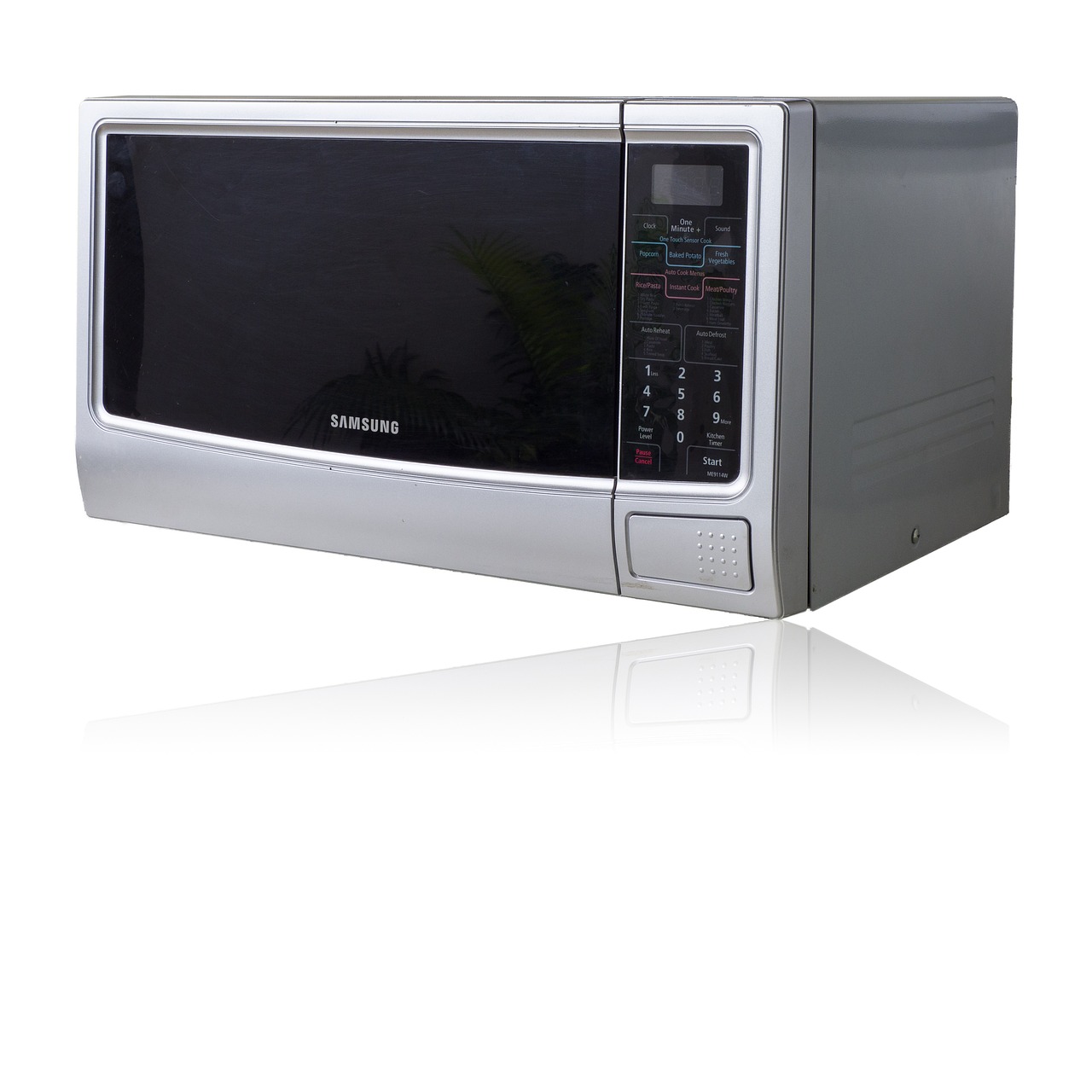The Growing Demand for Smart Home Devices
The demand for smart home devices is experiencing rapid growth, fueled by advancements in technology, increased connectivity, and changing consumer lifestyles. This article explores the factors driving the adoption of smart home devices, their benefits, popular categories, and future trends.
Factors Driving Adoption
Several factors are driving the adoption of smart home devices:
- Convenience: Smart home devices offer convenience and automation, allowing users to control various aspects of their home environment remotely or through voice commands, enhancing comfort and efficiency.
- Energy Efficiency: Smart home devices enable energy monitoring, optimization, and conservation, helping users reduce energy consumption, lower utility bills, and minimize their environmental footprint.
- Safety and Security: Smart home devices enhance safety and security through features such as smart locks, surveillance cameras, motion sensors, and smoke detectors, providing peace of mind and real-time monitoring.
- Connected Ecosystems: Integration and interoperability between smart home devices, platforms, and ecosystems enable seamless connectivity, automation, and data sharing, enhancing user experience and functionality.
- Cost Savings: While upfront costs may be higher, smart home devices can lead to long-term cost savings through energy efficiency, preventive maintenance, and remote monitoring, reducing the need for manual intervention and repairs.
Benefits of Smart Home Devices
Smart home devices offer several benefits to users:
- Remote Accessibility: Users can access and control smart home devices from anywhere with an internet connection, using smartphones, tablets, or voice assistants, enabling remote monitoring, management, and customization.
- Automation and Efficiency: Smart home devices automate routine tasks, schedules, and workflows, optimizing energy usage, enhancing comfort, and freeing up time for users to focus on more important activities.
- Customization and Personalization: Smart home devices offer customization and personalization options, allowing users to tailor settings, preferences, and routines to their individual needs, preferences, and lifestyles.
- Security and Peace of Mind: Smart home devices enhance security and provide peace of mind through features such as remote monitoring, alerts, notifications, and emergency response capabilities, protecting homes, belongings, and occupants.
- Integration and Compatibility: Smart home devices integrate with other smart devices, platforms, and ecosystems, enabling cross-device functionality, data sharing, and automation, creating a seamless and interconnected home environment.
Popular Categories
Smart home devices span a wide range of categories, including:
- Smart Speakers and Voice Assistants: Devices such as Amazon Echo, Google Home, and Apple HomePod provide voice control, information retrieval, and smart home integration capabilities.
- Smart Lighting: Smart bulbs, switches, and lighting systems offer customizable lighting options, schedules, and energy-saving features, enhancing ambiance and comfort.
- Smart Thermostats: Smart thermostats enable remote temperature control, energy monitoring, and scheduling, optimizing heating and cooling efficiency and reducing energy costs.
- Smart Security Cameras and Doorbells: Surveillance cameras, video doorbells, and security systems provide real-time monitoring, motion detection, and remote access, enhancing home security and deterrence.
- Smart Locks and Home Access: Smart locks and access control systems offer keyless entry, remote locking/unlocking, and user authentication, improving security and access management.
Future Trends
The future of smart home devices is characterized by several trends:
- Artificial Intelligence (AI) and Machine Learning: AI-powered smart home devices will become more intelligent, adaptive, and predictive, learning user behaviors, preferences, and patterns to automate tasks and provide personalized experiences.
- Interoperability and Standards: Interoperability standards and protocols such as Zigbee, Z-Wave, and Matter (formerly Project CHIP) will facilitate seamless integration and compatibility between smart home devices, platforms, and ecosystems.
- Health and Wellness: Smart home devices will play a greater role in health monitoring, wellness management, and ambient assisted living, with features such as remote health tracking, medication reminders, and emergency assistance.
- Edge Computing and Local Processing: Edge computing and local processing capabilities will enable smart home devices to perform more tasks locally, reducing latency, improving responsiveness, and enhancing privacy and security.
- Sustainability and Green Technology: Smart home devices will focus on energy efficiency, sustainable materials, and eco-friendly design, aligning with consumer preferences for environmentally conscious products and practices.
Conclusion
The growing demand for smart home devices reflects the increasing desire for convenience, efficiency, security, and connectivity in modern lifestyles. With benefits such as remote accessibility, automation, customization, and integration, smart home devices are transforming the way we live, work, and interact with our living spaces, shaping the future of home technology and lifestyle.
FAQs
Q: What factors are driving the adoption of smart home devices?
A: Factors driving the adoption of smart home devices include convenience, energy efficiency, safety and security, connected ecosystems, and cost savings.
Q: What are the benefits of smart home devices?
A: Smart home devices offer benefits such as remote accessibility, automation and efficiency, customization and personalization, security and peace of mind, and integration and compatibility.
Q: What are some popular categories of smart home devices?
A: Popular categories of smart home devices include smart speakers and voice assistants, smart lighting, smart thermostats, smart security cameras and doorbells, and smart locks and home access control.
Q: What are some future trends in the smart home industry?
A: Future trends in the smart home industry include artificial intelligence and machine learning, interoperability and standards, health and wellness features, edge computing and local processing, and sustainability and green technology.





